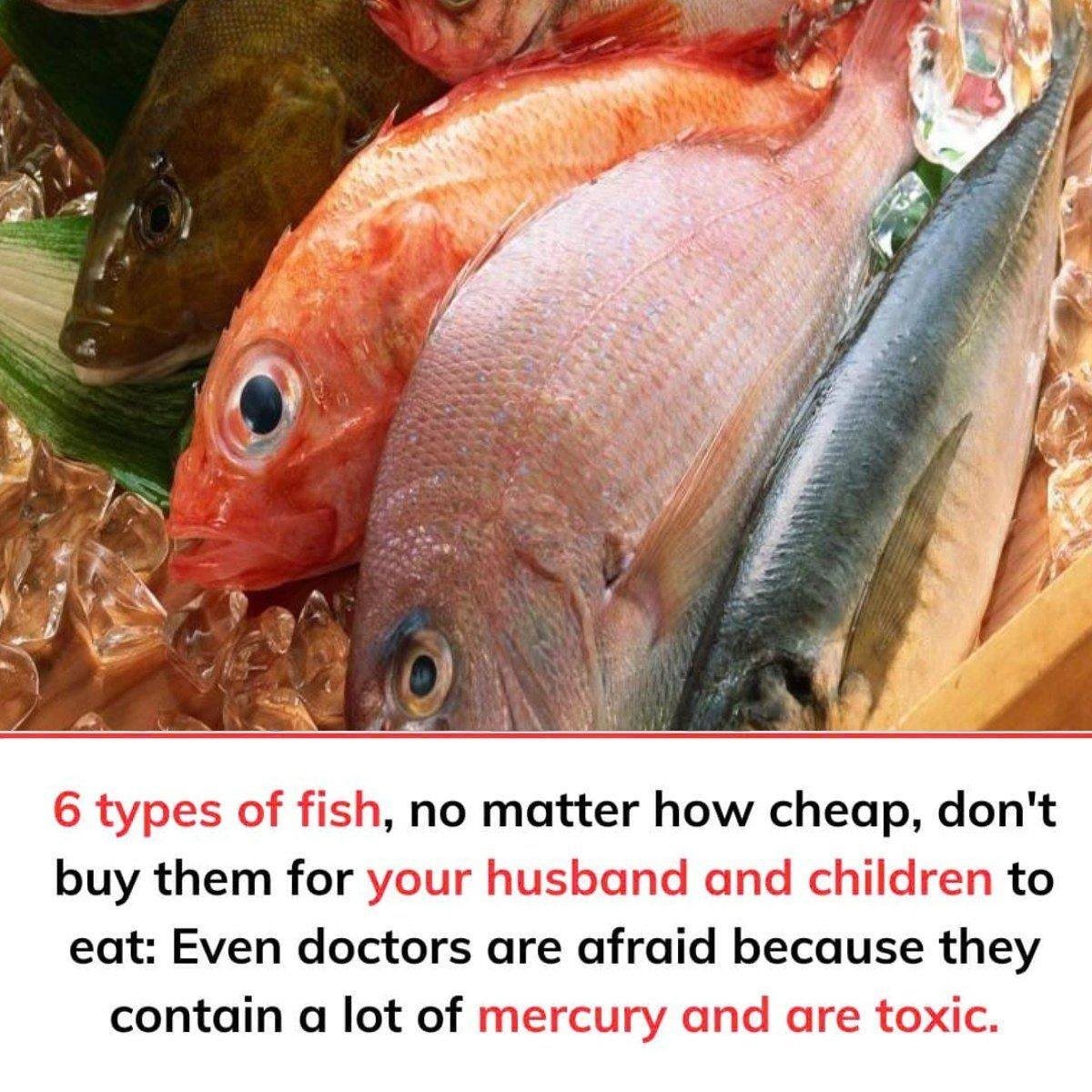ADVERTISEMENT
#### 3. **King Mackerel**
King mackerel is another fish that is notoriously high in mercury. This fast-swimming predator lives in both the Atlantic and Gulf of Mexico and is a popular choice for those who enjoy grilled or smoked fish. However, its high mercury content makes it a poor choice for regular consumption.
The king mackerel’s ability to grow large and live for long periods allows it to accumulate large amounts of mercury. While mackerel can be a good source of healthy fats, the mercury content outweighs the benefits when it comes to this species.
**Mercury Content**: King mackerel can contain mercury levels as high as 1.0 to 1.5 ppm.
#### 4. **Tilefish (Gulf of Mexico)**
Tilefish, particularly those caught in the Gulf of Mexico, are another type of fish with dangerously high levels of mercury. Tilefish are bottom-dwelling fish, meaning they often feed on smaller fish and other organisms that have already accumulated mercury, leading to even higher concentrations in their bodies.
While tilefish is not as commonly consumed as some of the other fish on this list, it is still important to be aware of its high mercury content. Tilefish should be avoided, especially by pregnant women and young children.
**Mercury Content**: Tilefish from the Gulf of Mexico can contain mercury levels ranging from 1.0 to 1.5 ppm, sometimes even higher.
#### 5. **Bigeye Tuna**
Tuna is a popular fish, known for its versatility in sushi, sashimi, and grilling. However, among the different types of tuna, **bigeye tuna** is one of the worst when it comes to mercury levels. Bigeye tuna, which is often found in deeper waters, is a slow-growing fish that can live for many years, allowing mercury to accumulate over time.
While **albacore tuna** (often found in cans) and **yellowfin tuna** contain relatively lower mercury levels, bigeye tuna should be avoided due to its significantly higher mercury content. As a larger tuna species, bigeye tuna tends to accumulate mercury levels that pose significant health risks.
**Mercury Content**: Bigeye tuna can contain mercury levels of 0.8 to 1.0 ppm.
#### 6. **Marlin**
Marlin is another large fish species that can accumulate high levels of mercury. Like swordfish and shark, marlin is a top predator and has a long lifespan, which makes it susceptible to mercury accumulation. While marlin is often sought after in recreational fishing, it should be avoided when it comes to consumption due to its dangerous mercury content.
Marlin has a firm, meaty texture, which makes it popular for grilling or searing, but its mercury content makes it a poor choice for a regular part of the diet. As with the other fish on this list, pregnant women, young children, and individuals with health conditions should avoid eating marlin.
**Mercury Content**: Marlin can contain mercury levels ranging from 0.9 to 1.1 ppm.
### **How to Make Safer Choices When Eating Fish**
While there are certain fish that should be avoided due to their high mercury content, there are many other types of fish that are safer to eat. Here are some tips for making safer choices when purchasing fish:
1. **Opt for Smaller Fish**: Smaller fish, such as anchovies, sardines, and herring, tend to have lower mercury levels because they are lower on the food chain and have shorter lifespans.
2. **Choose Wild-Caught Fish**: Wild-caught fish generally have lower mercury levels compared to farmed fish. This is because farmed fish are often fed higher concentrations of food that may contain contaminants. However, it’s important to research the fishing practices of specific fisheries to ensure they are sustainable and safe.
3. **Look for Sustainable and Certified Seafood**: Look for seafood that is certified by organizations such as the Marine Stewardship Council (MSC), which ensures that the fish was sourced sustainably and ethically. This can also help you avoid fish from areas known for high mercury contamination.
4. **Consult Mercury Guidelines**: The FDA and EPA provide guidelines for mercury levels in fish. These guidelines recommend that pregnant women, nursing mothers, and young children limit their intake of fish with high mercury content and eat a variety of low-mercury fish instead.
5. **Incorporate More Omega-3-Rich Alternatives**: If you’re concerned about mercury levels but still want to enjoy the benefits of omega-3 fatty acids, consider adding plant-based alternatives such as flaxseeds, chia seeds, walnuts, and algae-based supplements to your diet.
### **Conclusion**
While fish can be an excellent source of protein and omega-3 fatty acids, it is essential to be mindful of the mercury content in certain types of fish. The fish listed in this article—shark, swordfish, king mackerel, tilefish, bigeye tuna, and marlin—are particularly high in mercury and should be avoided to protect your health. Pregnant women, nursing mothers, and young children are especially vulnerable to the toxic effects of mercury, so it is crucial to make informed choices when selecting fish for your diet.
By opting for smaller fish, choosing wild-caught and sustainably sourced options, and following mercury guidelines, you can enjoy the health benefits of seafood while minimizing your exposure to harmful toxins. The key is balance and variety—by being selective about the fish you consume, you can enjoy delicious meals while safeguarding your health and well-being.
